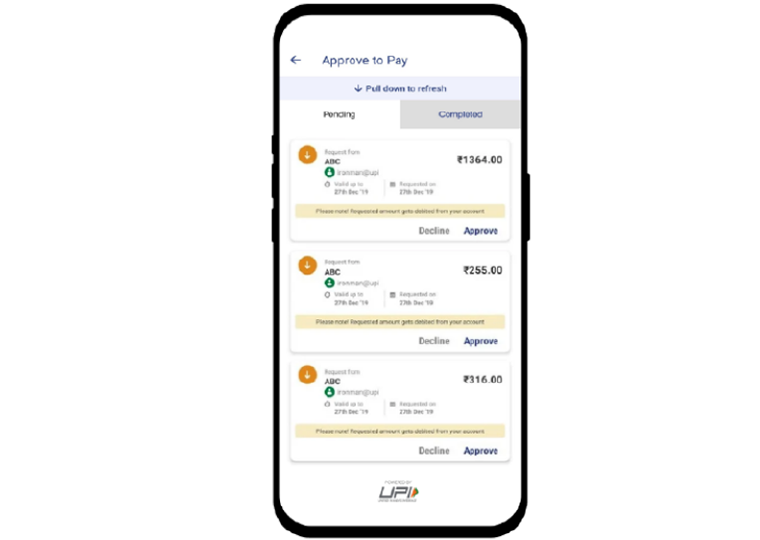In a field often ruled by personality, a rational model is proposed
You’re the leader on a new project. Should you: (a) be the boss and direct your team members, or (b) pitch in and work alongside them?
It’s a critical question. The economy has tilted toward collaborative, knowledge-intensive work in fields such as software development, consulting, education and financial planning. According to a 2016 Harvard Business Review article, the time managers and employees spend collaborating with co-workers has grown by 50 percent or more over the last two decades.
Employers increasingly want workers who can navigate the riptides of group dynamics — personality clashes, communication failures and bickering over teammates who don’t pull their weight. And they want team leaders who can adroitly herd the group toward project success.
Opt In to the Review Monthly Email Update.
But many middle managers aren’t sure when to be an order-giver and when to be a team contributor. Too often, a project involving only four people ends up with a leader who manages but doesn’t do; conversely, some very large projects involving dozens of workers go astray because the leader is down in the weeds tackling team tasks instead of steering a complex mission.
To provide some guidance on these issues, Georgia Tech’s Morvarid Rahmani, INSEAD’s Guillaume Roels and UCLA Anderson’s Uday Karmarkar studied various strategies for leading knowledge-based projects. The authors were inspired by discussions with software developers who were promoted to “development leads” and who reported feeling torn between overseeing team members and joining them in the trenches. “Coding or not coding” was how many of them framed the quandary.
The role of the team leader has long been the subject of scholarly interest. In 1939, Kurt Lewin, Ronald Lippitt and Ralph K. White classified leadership styles in terms of their “democratic” and “autocratic” dimensions. Other studies delve deeply into interpersonal factors, such as a recent two-year investigation by Google that gained wide attention with its finding that its most productive teams thrived because the leader created a sense of “psychological safety.” Or, as one headline summed up the research, “the key to good teamwork is being nice.”
Beyond Emotion, What Works
Rahmani, Roels and Karmarkar plotted a different course, viewing the choice of leadership style as “the outcome of a rational decision process” that considers the tactical decisions a leader can make to influence team motivation and effort. In a paper forthcoming in the journal Management Science, the authors examine two approaches to team leadership of knowledge-based projects — “directive” and “participatory” — and use analytic methods from game theory to gauge the conditions under which one approach could be more beneficial than the other.
The directive leader most closely resembles the stereotypical boss: She provides oversight, assigning tasks, running meetings, monitoring team members’ progress and exhorting them to work hard. Some team leaders embrace this role because they think that directing others is where their strength lies. But the researchers suggest that the decision is not a matter of personal preference and should hinge on other factors — chiefly the nature of the project, team size, incentives and the leader’s actual efficiency at directing.
The analysis showed that the directive approach is best if a team is large, the project deadline is flexible and the members are not very motivated to help the group succeed. An example is a software development project for which immediate success is not critical and in which the salaried team has no prospect of a bonus or will receive only a small fraction of a bonus because it has to be shared with many team members.
Under the participatory approach, the leader mainly works alongside her crew. This makes sense if the team is small, the deadline is firm and members have strong incentives to work hard. Imagine three team members instead of 10 splitting a $5,000 bonus, or two collaborators sharing a research grant instead of four. Career advancement can also be a powerful incentive.
The study does not specify what constitutes a large or small team. Unlike Amazon CEO Jeff Bezos, who decreed that the perfect-sized group can be fed with two pizzas, Karmarkar and colleagues say that team size will vary depending on the project. But they do acknowledge that efficiently managing a large team with, say, 20 members brings its own challenges, such as the greater risk of free-riding. The authors also note that as team size increases, the leader’s ability to directly oversee every team member declines. To counteract the loss of “directing efficiency,” the leader might decide to take a more hands-off approach and delegate some of her authority over project tasks to other members.
The researchers also show that the directive and participatory approaches are not mutually exclusive. If the project is “complementary” (demands innovation), such as brainstorming ideas for a new product advertising campaign, the study found that the leader should split her time equally between directing and contributing. But if the work is “substitutable” (routine) — say, coding a module for a payroll software program — the leader should emphasize the role she performs most efficiently.
The researchers note that, ideally, the team leader has the authority to make the key decisions about how to allocate her time, how big the team should be and what rewards will compel optimal performance. In businesses like large pharmaceutical or semiconductor companies, upper management makes those calls, but in startups and academic research, for example, the decision rights usually belong to the team chief.
Imagine the team leader engineering the perfect project with levers labeled “participatory,” “directive,” “incentives” and “team size,” raising and lowering each to find the combination that will drive the group to a happy ending, and you get a picture of the prescriptive approach Rahmani, Roels and Karmarkar have aimed to provide. Psychological and behavioral studies of team leadership and performance have their place, but so does casting a bright light on the operational role of an increasingly crucial component of today’s workforce.
Featured Faculty
-
Guillaume Roels
Associate Professor of Decisions, Operations, and Technology Management
-
Uday Karmarkar
The Los Angeles Times Professor of Management and Policy; UCLA Distinguished Professor in Decisions, Operations and Technology Management
About the Research
Rahmani, M., Roels, G., & Karmarkar, U.S. (2016). Team leadership and performance: Combining the roles of direction and contribution.





